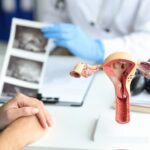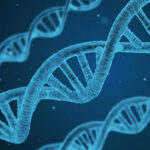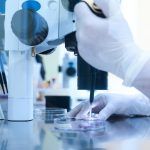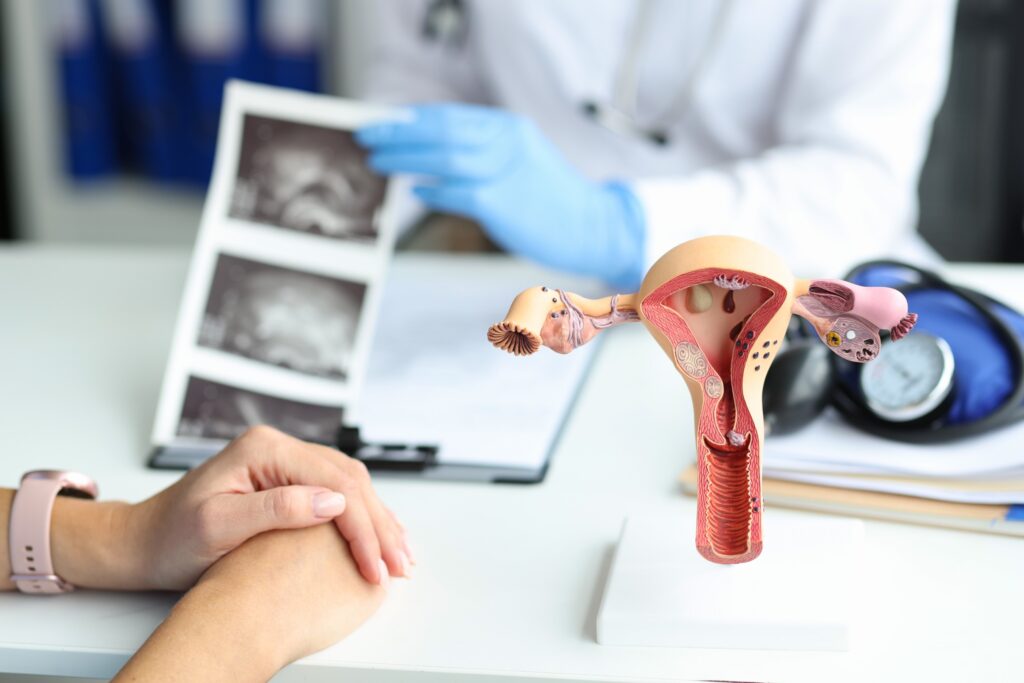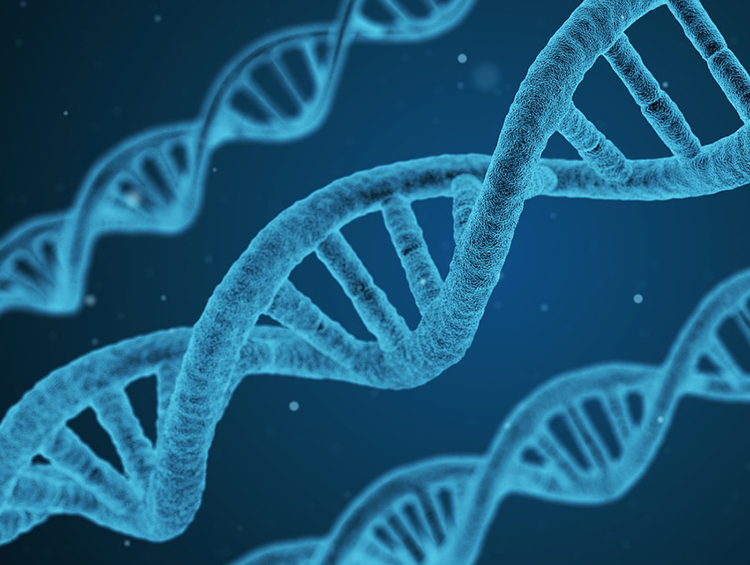Semen donation is regulated by the Spanish assisted reproduction law, approved on May 26, 2006 in the Congress of Deputies, where very clear rules are established to be a semen donor:
– Be between 18 and 50 years old.
– Be in good mental and physical health.
– Have good semen quality according to WHO criteria.
– Not suffer from any genetic or sexual transmission.
– Not having generated more than 6 descendants or more, interchangeably by assisted reproduction or natural methods.
In order to confirm these requirements, sperm banks carry out a personal interview with the donor and exhaustive clinical examinations to determine possible anomalies.
This selection process usually has several phases :
First phase
– Personal interview and completion of questionnaires on diseases, family history and personal habits.
– Study of their phenotypic characteristics. Physical data such as height, weight, skin color, eyes and hair, among others, will be collected.
– Seminal quality study or seminogram. The concentration of spermatozoa per cubic centimeter is checked, as well as the mobility and morphology of the spermatozoon. In order to carry out this study, the donor must respect a sexual abstinence of between 3 to 5 days, to ensure the quality of the sperm.
If the results of these tests pass the standards established by the sperm bank, continue with the process.
Second Phase
Blood analysis to perform a genetic study and rule out infectious diseases:
– Blood group
– Rh factor
– Syphilis test
– Hepatitis screening
– HIV markers
– Study for the detection of toxoplasma, rubella, herpes and cytomegalovirus infections.
– Determination in semen and blood of the presence of other sexually transmitted diseases.
– Genetic study of chromosomes or Karyotype study
Donation requirements are strict and many donors are rejected, around 50% Rejection is usually caused by semen quality rather than by diseases or genetic problems.
Third Phase
After being validated by the sperm bank, donors proceed to deposit their seminal donation . The normal thing is to make a weekly donation for 6 months, a total of 24 donations. Each of the samples are processed according to a freezing protocol and stored in liquid nitrogen containers for at least 6 months, during which time the infectious tests will be repeated. After this period, the donor's semen samples can be used.


